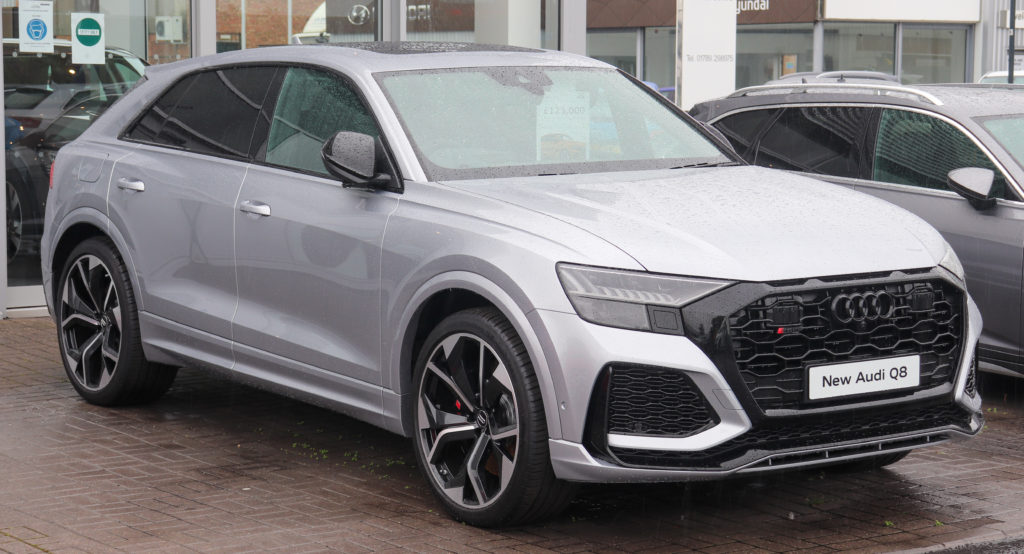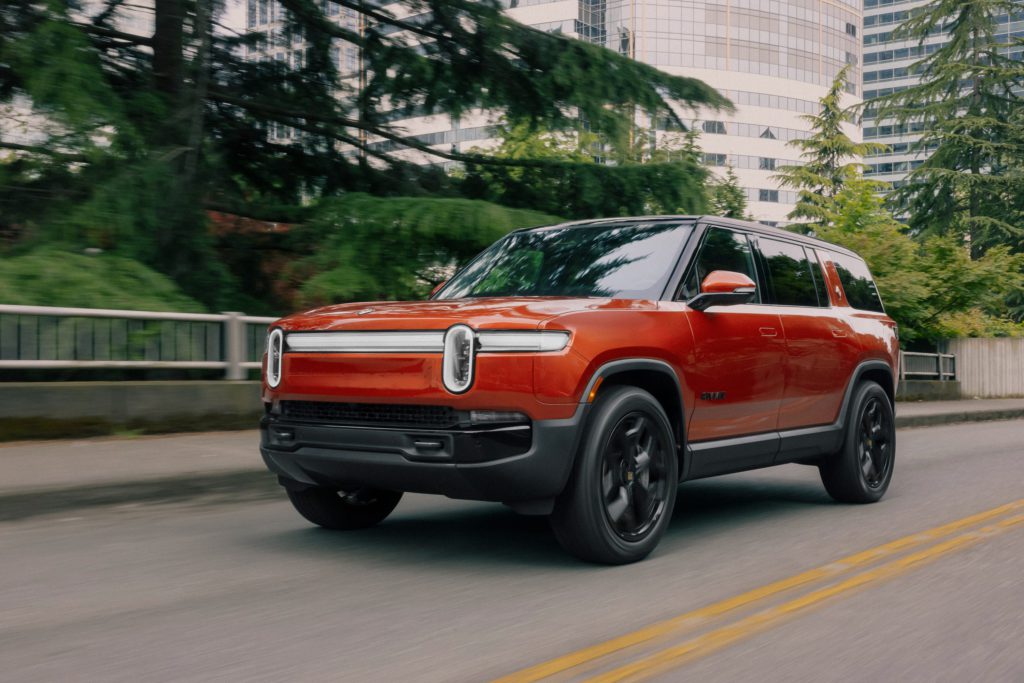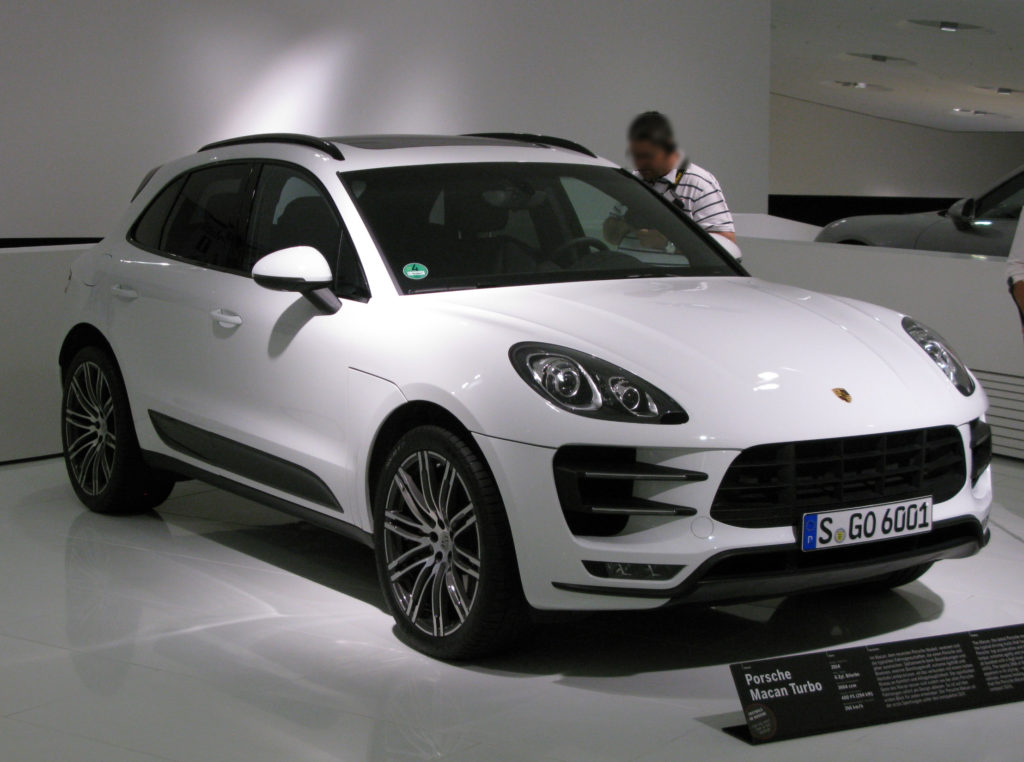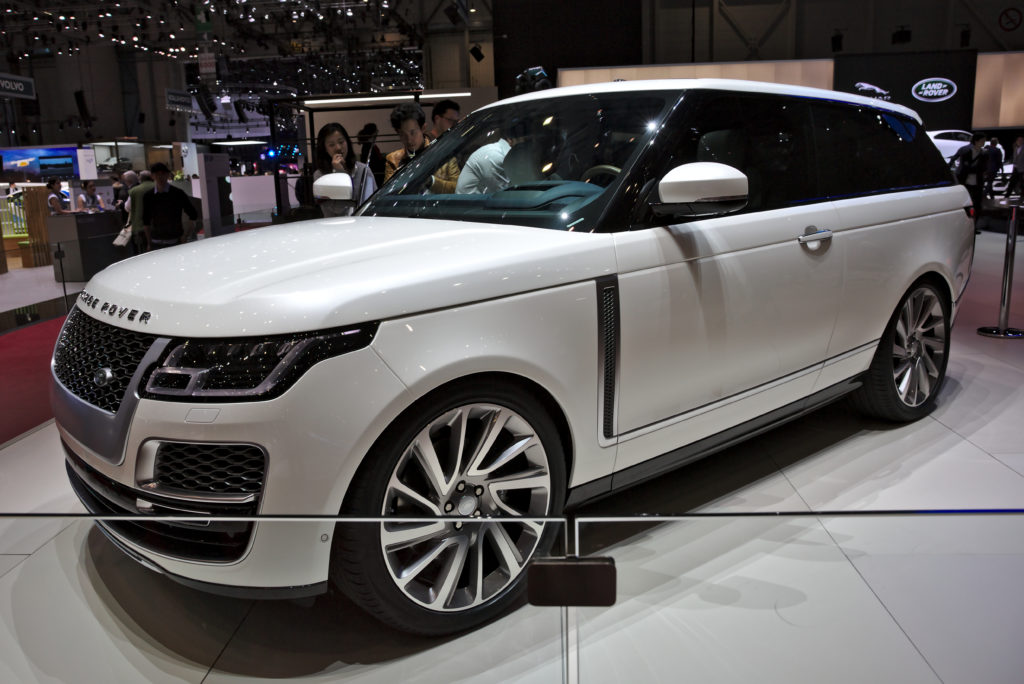Think SUVs can’t smoke sports cars off the line? These five machines will change your mind. The modern family hauler isn’t built just for errands anymore. Today’s best performance SUVs bring track-level speed to the street, without giving up space for kids or cargo. From German-built precision to American electric torque, these are the fastest utility vehicles you can actually live with.
Audi RSQ8 Performance: The Lamborghini in Disguise

The RSQ8 Performance shares more than DNA with the Lamborghini Urus Performante. Both pack the same 4.0-liter twin-turbo V8, with the Audi delivering 640 horsepower compared to the Urus’s 657. That’s essentially the same beast wearing different badges and dramatically different price tags.
Quarter-mile times tell the real story. The Audi clocks 12.8 seconds at 117 mph, while the Urus manages around 12.3 seconds. You’re paying Lamborghini premiums for three-tenths of a second difference. The RSQ8 launches hard, slam-shifts through every gear, and delivers supercar acceleration wrapped in luxury SUV comfort and practicality.
Rivian R1S Quad Motor Performance: Electric Fury on Four Wheels

Four Rivian-built motors pump out 1,025 horsepower and 1,198 lb-ft of torque. Those numbers represent a massive jump from the previous quad motor setup’s 835 horsepower. The upgrade came after Tesla’s Cybertruck embarrassed the original R1S by seven-tenths of a second in head-to-head testing.
Launch mode transforms this family adventure vehicle into a drag strip destroyer. Zero to 30 mph happens in just 1.2 seconds, with 60 mph arriving at the 2.6-second mark. The R1S doesn’t just haul camping gear and kids to soccer practice. It hauls serious speed while maintaining off-road capability and seven-seat practicality.
Lucid Gravity Dream Edition: Heavyweight Champion of Efficiency

Most electric vehicles suffer from weight problems, but Lucid engineered around the issue with precision. The Gravity Dream Edition weighs 755 pounds less than competitors while producing 1,070 horsepower from just two motors. Rivian needs four motors to hit 1,025 horsepower by comparison.
This power-to-weight advantage shows at highway speeds where efficiency matters most. Even at 100 mph, the Gravity pulls half a g of acceleration. During drag races, it hits 139 mph trap speeds, outpacing the Rivian by 11 mph. The math works when you prioritize sophisticated engineering over brute force motor multiplication.
Porsche Macan Turbo EV: Lightweight Speed Demon

Porsche stripped 795 pounds compared to the Lucid Gravity and 1,550 pounds versus the Rivian R1S. Not all EVs carry the same weight penalty or engineering compromises. The Macan Turbo EV proves electric doesn’t automatically mean heavy when proper design priorities guide development.
The “turbo” badge on an electric vehicle sounds ridiculous until you experience the overboost function in action. Peak output hits 630 horsepower for 10 seconds of maximum attack mode. The current electric Macan destroys its gas predecessor by 1.3 seconds and 17 mph in quarter-mile runs, so those weight savings translate to real-world speed advantages that compound over time.
Range Rover Sport SV: British Power Meets Reality Check

The Range Rover Sport SV carries luxury credentials and a BMW M5-sourced V8 engine under the hood, but marketing promises don’t always match drag strip reality when rubber meets asphalt. Against the Audi RSQ8 Performance, the Range Rover consistently loses despite similar power figures and premium positioning.
Transmission programming makes the difference between victory and defeat and the Range Rover’s sluggish shift into second gear creates a momentary power gap the Audi exploits ruthlessly. Superior powertrain tuning beats raw horsepower when launch control and gear changes matter most. At least the Range Rover looks elegant losing, which counts for something in luxury circles.